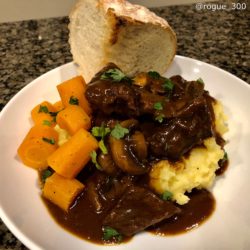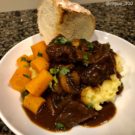This last month I exchanged some e-mails with our producers regarding the toll this winter had on them and their operations. Michelle Heater was able to get some, but not all of the responses in the March Newsletter. So I thought what a perfect item for the first blog post on the new website for the Iowa Food Cooperative!
Sophie Ryan sent word from Horsefeather Farm:
With all the snow we had this winter we did as much indoor activities as possible like catching up with paperwork (still not done, will I ever be ?), going to workshops (PFI and Moses Organic Conference in WI), enjoying ‘webinars’ and movies (thanks to Netflix!) and doing some french folk-dancing with friends, making cheese (great Camembert , cream cheese and cheddar), homemade summer sausage….
We worked a little more on our part time job with the post office and had to enjoy plowing through snowy roads with a little 4WD. We got drifted in quite a few times but who needs to go to the store to get milk when you have your own cow at home!

Draft horses doing some logging.
Kevin did take the time to enjoy his team of draft horses and hitched them to go on sleigh rides and do some logging. He was pretty excited to try a different way to hitch the horses, one in front of the other instead of side by side (requires special attachments with pulleys) and the horses had to learn to stay in line instead of being side by side. Worked a little better when they got tired!! So that way he was able to drag out logs from places hard to get to with a wagon, bring them by the house and then cut them up and stack them. Nice Job.
Now all the snow is melted and we are waiting for the warm weather to uncover our potted peonies and then back to serious work.
Sophie.
www.horsefeatherorganicfarm.com
I also heard from Jean Weisshaar of Weisshaar Family Farm:
This winter was definitely a hard one. With so much snow and the fact that it came early really challenged us with feeding all the cows & calves. Usually you put them out on the corn stock field after harvest, and this will feed them for quite some time. The snow covered all the food and we had to start feeding them with hay and corn stock bales. We have had to purchase quite a few of both to keep the heard fed & healthy.
The mud is always a bummer as it is difficult to get around on foot and in the tractor. Pregnant cows have an especially hard time negotiating the mud. Most cattle producers calve from mid February through the end of march, but fortunately we pushed our calving season back to May & June, so hopefully it will not be as wet.
It is hard to tell what planting season will be like, it is much too early.
Jean Weisshaar
Weisshaar Family Farm




